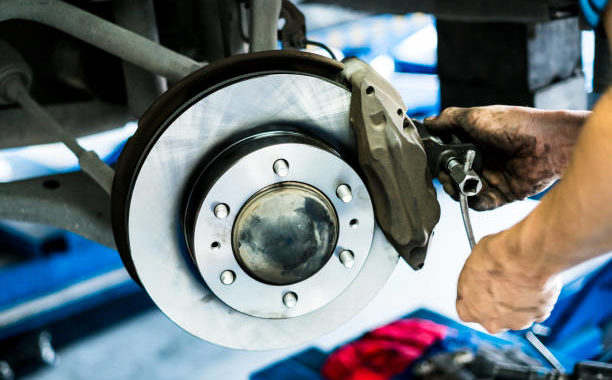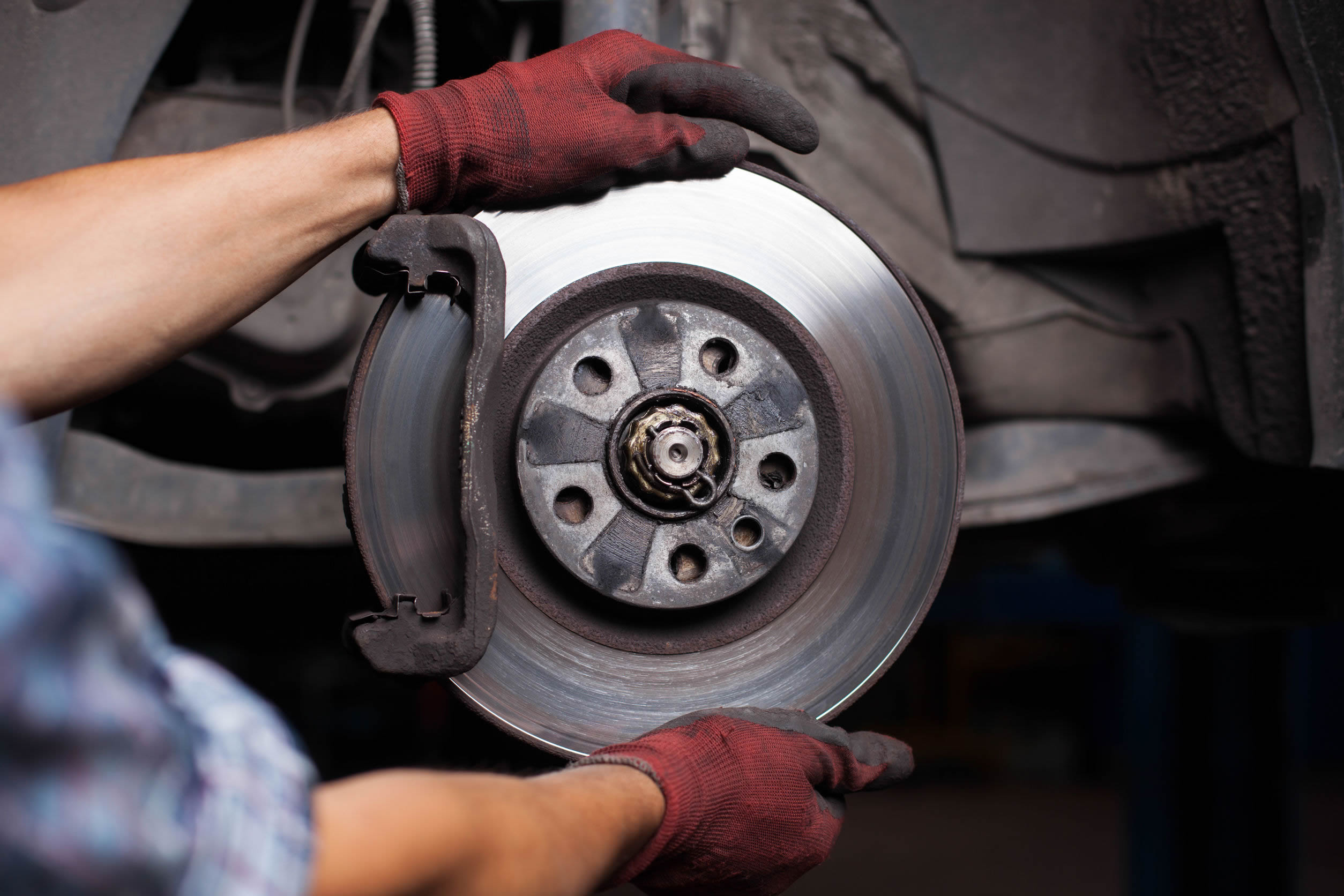Brake Repair North Lauderdale, FL

- brake pad replacement Pompano Beach, FLReplacement brake hardware: ensuring performance and safety

For your car's safety and performance on the road, maintaining the braking system is essential. Replacement of brake hardware is a crucial step in this maintenance procedure. In this thorough guide, we'll discuss the steps involved in replacing brake hardware, the significance of doing so, and the telltale signs that it's time. This article will offer insightful information on brake hardware for both experienced mechanics and car owners who want to learn more.
Why Replacement of Brake Hardware Is Important
- First and foremost, a vehicle's braking system is one of the most important safety features. Brake hardware can deteriorate over time, reducing braking effectiveness and creating potentially dangerous circumstances. By replacing worn-out brake hardware, your car can stop quickly when necessary, lowering the risk of collisions.
- Optimal Performance: Your brakes' smooth operation depends on the quality of your brake hardware, which includes parts like caliper pins, clips, and shims. When necessary, replacing these parts can improve the performance of your braking system and give you a more comfortable driving experience.
- Extended Brake Pad Life: Uneven wear on brake pads can result from worn-out or damaged brake hardware. You can increase the life of your brake pads and ultimately save money on replacement costs by replacing the hardware.
Evidence that Brake Hardware Replacement is Required
Looking for Auto Repair Shops in Coral Ridge Isles, FL

(brake replacement Imperial Point, FL)To keep your car's performance and safety intact, knowing when to replace the brake hardware is crucial. Watch out for the following warnings:
- When applying the brakes, you may hear high-pitched noises that indicate worn-out brake hardware. This is known as squeaking or silo-clasping. Friction between the hardware components is a common cause of squeaking noises.
- Reduced Braking Performance: A noticeable decline in your car's braking performance, such as longer stopping distances or a soft brake pedal, may indicate that the system needs to be replaced.
- Uneven Brake Pad Wear: Regularly check your brake pads. If you notice that they are wearing unevenly, the uneven pressure distribution may be a result of faulty hardware.
- Vibration or Pulsation: Warped brake hardware or damaged components may be the cause of vibrations or pulsations when applying the brakes.
- Visible Damage: The brake hardware may occasionally be visually examined. Check for indications of physical damage, rust, or corrosion. Any damaged hardware needs to be replaced right away.
The process for replacing brake hardware
You can take the following actions when replacing your brake hardware:
- Gather the necessary Tools: You will require a socket set, pliers, and c-clamp, among other basic hand tools. Have brand-new brake hardware parts prepared for installation as well.
- First and foremost, make sure the parking brake is activated and your car is parked on a level surface. Wear appropriate safety gear, such as gloves and safety glasses, and use wheel chocks to secure the car.
- Remove the Wheel: To replace the brake hardware, loosen the lug nuts on the wheel. Use a jack to lift the car, and then secure it with jack stands. The wheel should then be completely taken off.
- Locate the brake bracket and caliper to access the brake hardware. You might need to take out the caliper in order to access the hardware, depending on your car. For advice, consult the service manual for your car.
- Replace Hardware Components: Get rid of any outdated hardware parts, such as shims, clips, and caliper pins. Make sure the mounting surfaces have been thoroughly cleaned. Place the new hardware components there.
- Reassemble and Test: The brake caliper and bracket should be carefully reassembled, with all parts securely fastened. Bolts and pins should be tightened to the manufacturer's specifications. Verify the brake pedal's firmness before turning the wheel back on.
- Installing a wheel involves putting the wheel back on and manually tightening the lug nuts. Use a torque wrench to tighten the lug nuts to the suggested torque settings after lowering the car off the vehicle's jack stands.
- Brake Bedding: It's crucial to properly bed in the new parts after replacing the brake hardware. To ensure optimal performance, adhere to the bedding - in procedure outlined in your car's manual.
- Final Inspection: Double-check that every piece of hardware is firmly in place. While driving, keep an ear out for any strange noises to confirm that the brake hardware replacement was successful.
Conclusion
Auto Maintenance & Service in North Andrews Gardens, FL
A crucial component of vehicle maintenance that should not be disregarded is the replacement of brake hardware. It guarantees both the best performance of your braking system and your safety on the road. You can keep your car's braking system in good working order by being aware of the telltale signs of worn-out hardware and performing the proper replacement procedure.
Remember that it's always a good idea to seek the advice of an experienced mechanic for brake hardware replacement if you're unsure about doing it yourself. A well-maintained braking system is essential to maintaining your safety, which is of the utmost importance.
published here more information navigate here